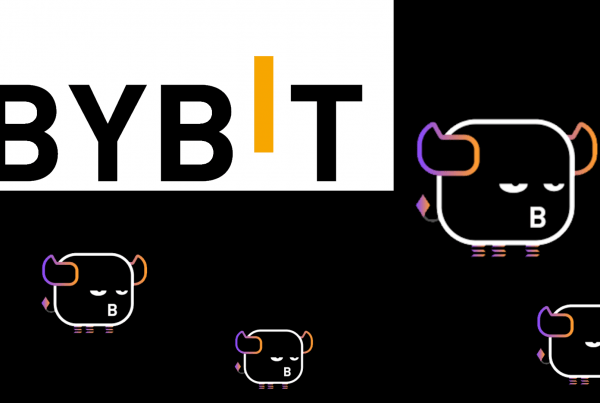
2022 is almost at an end, and it appears that the future has well and truly arrived. Countless technologies which were once only a pipe dream have now become increasingly accessible to everyone. AI, blockchain, cryptocurrencies, NFTs, and machine learning are just some of the ground-breaking technologies which have become embedded in our society.
However, AR (Augmented Reality) in particular is among the most revolutionary technologies and can be utilized in clever ways which many experts believe we have only just begun to truly understand. Essentially, AR allows customers to visualize and subsequently customize products within a fully 3D environment, and is particularly useful for the metaverse concept.
How can AR work alongside the metaverse?
AR and VR (Virtual Reality) are the foundations of metaverse projects, which are essentially digital reality spaces where people may interact with a computer-generated environment as well as other users. AR systems rely on three fundamentals: the integration of digital and physical environments, interaction in real-time, and accurate 3D object visualization.
Users can therefore implement these digital objects into their actual environment by using AR technology whose usage in the metaverse is rapidly building the path for what has become the ‘Augmented Metaverse’. In doing so, this augmented metaverse has the potential to make the most out of digital ecosystems. In fact, it is being widely speculated that by 2024, we will have seen the first fully functional AR glasses developed and the augmented metaverse would be fully embedded into our daily lives by then as well.
The problems with AR
Although AR can be used for a plethora of purposes, it does not change the fact that this relatively new technology does have some limitations, chief among which being the ones associated with GPS accuracy. Traditionally, AR experiences would be greatly restricted by this specific limitation, as not only could AR not work indoors but it was also very restricted outdoors (no less than 6 meters).
What this means is that while AR can be utilized to simulate digital scenarios within a physical environment, unless the mapping system is worked out then this technology would never be able to realize its latent potential.
Other problems linked with AR involve a steep and costly learning curve, clunky and costly headsets which often have a limited field of view, numerous safety risks as AR data can be hacked in several ways to influence worker decisions, compatibility issues, and so on.
What’s the solution?
OVER, a decentralized infrastructure designed for a fully augmented metaverse, recently unveiled the Map2Earn Beta program which aims to solve the aforementioned spatial issues of AR. While other systems tend to not function indoors, OVER has reached an outdoor and indoor accuracy of 20 cm. In doing so, the system has become a benchmark for mapping and creating geo-localized experiences which can be incorporated into real-world situations while also improving AR functionalities.
The OVER mapping program enables anyone with a smartphone to become a mapper and contribute to the project (no Lidar required). Moreover, each OVRLand – 300 sqm takes only a few minutes to film. By utilizing three main assets, namely an intuitive UI, a neural radiance field, and finally computer vision algorithms and the point cloud system, mapping the objects becomes easy and seamless.
Essentially, not only is OVER making AR-geolocated content remotely accessible, but future Map2Earn releases will involve the created maps being mintable as NFTs as well as freely tradable via the OVER marketplace along with various other decentralized marketplaces such as OpenSea. Finally, OVER shall also launch a direct incentive program for mapping activity, which will enable open-to-buy orders to obtain maps of important locations while bridging the gap between the physical and virtual worlds thanks to the power of AR and the metaverse. Those who are interested can participate in the Beta program through both Android and iOS compatible devices.



